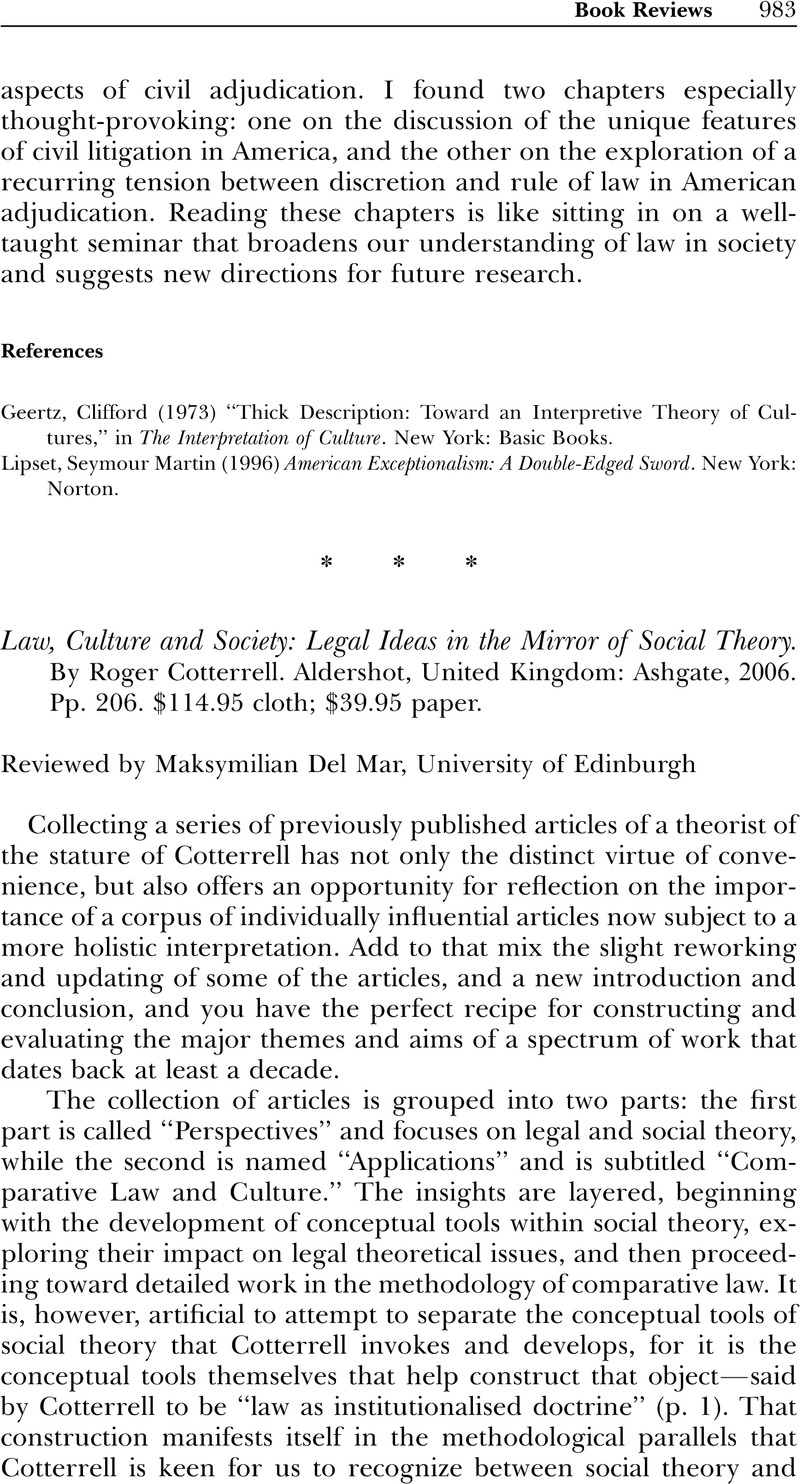Crossref Citations
This article has been cited by the following publications. This list is generated based on data provided by Crossref.
Толысбаева, А.Д.
2024.
ПРОФИЛАКТИКА БЫТОВОГО НАСИЛИЯ ЧЕРЕЗ ПОВЫШЕНИЕ ПРАВОВОЙ КУЛЬТУРЫ НАСЕЛЕНИЯ.
BULLETIN OF THE ACADEMY OF LAW ENFORCEMENT AGENCIES,
Vol. 31,
Issue. 1,


